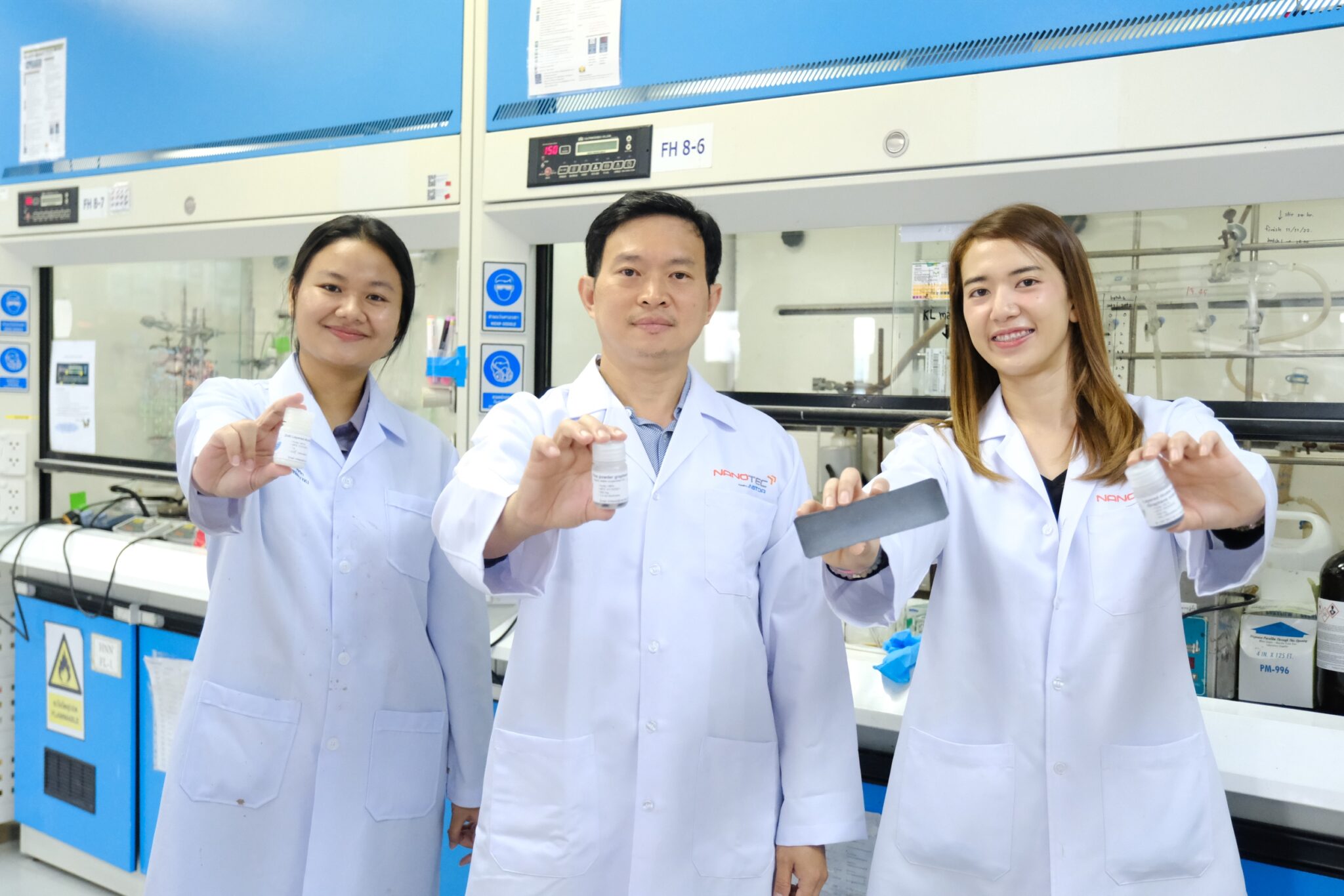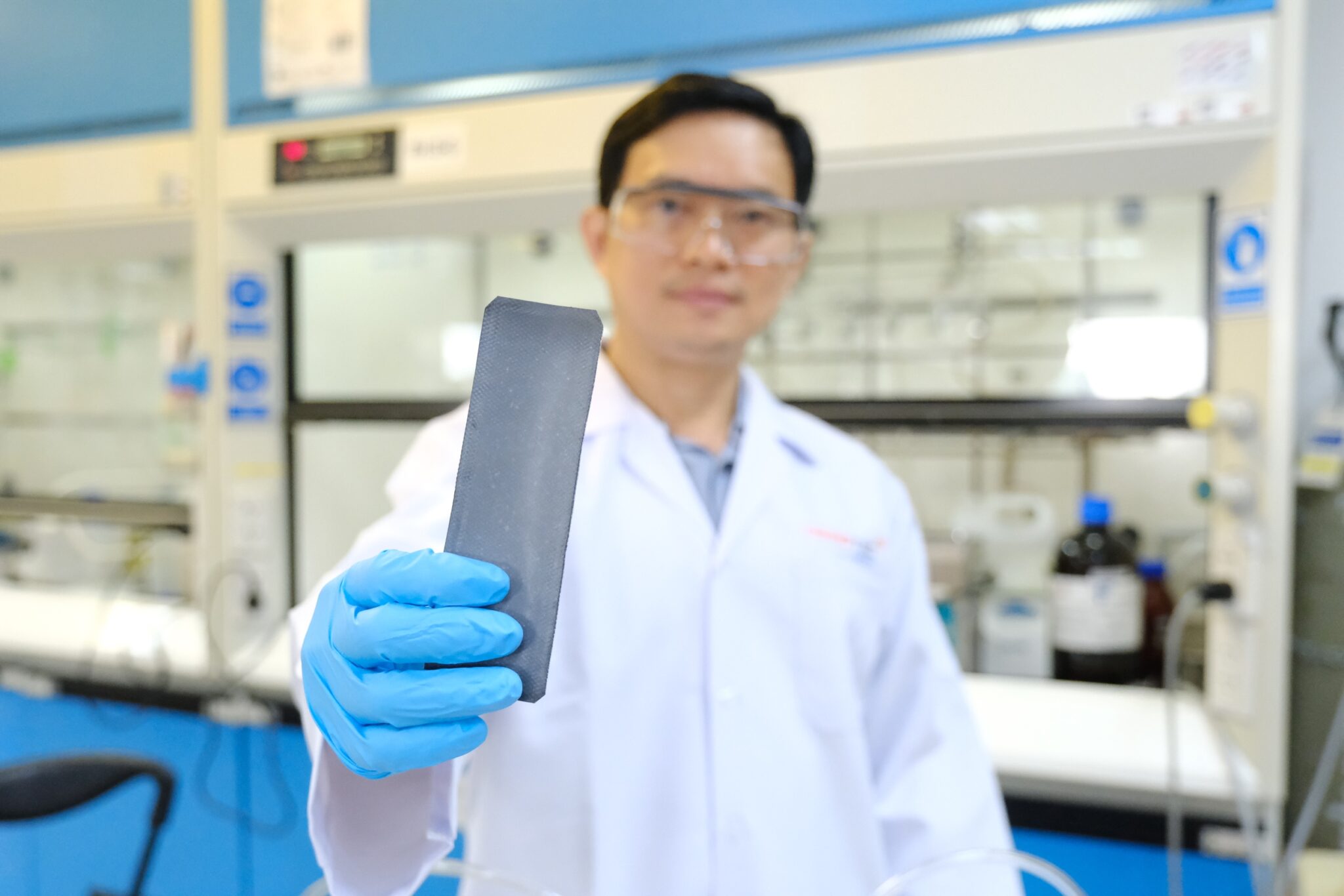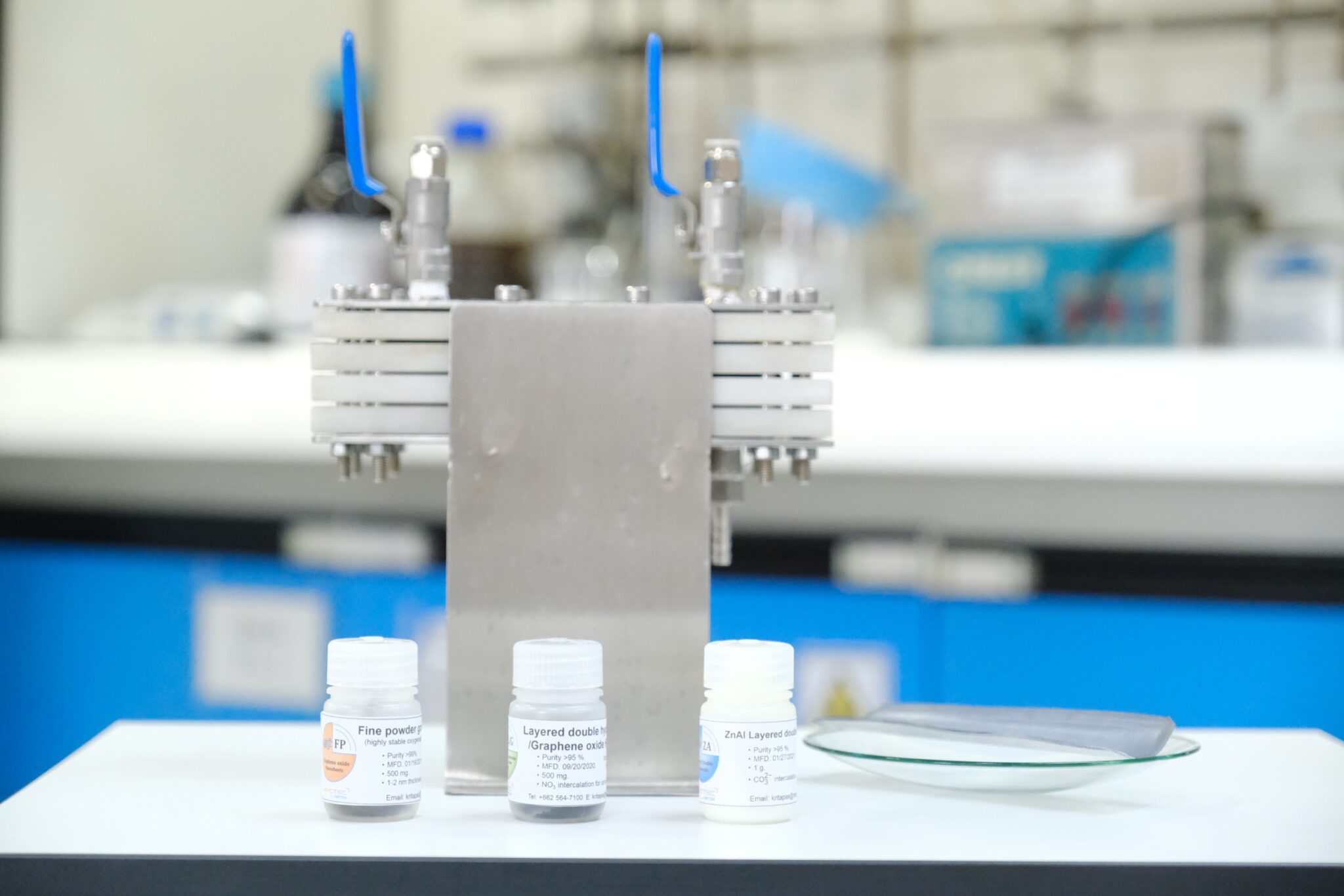The Nano Agricultural Chemistry and Processing Research Team at NANOTEC-NSTDA has successfully developed a groundwater filtration system by utilizing nanomaterial technology. This system combines graphene oxide and nanoclay to create a nano- or micro-scale porous membrane that effectively removes various contaminants from groundwater. The membrane is designed to be regenerated and rinsed for reuse in filtration systems, making it an efficient and cost-effective solution for communities, schools, villages, and coastal areas facing water quality issues. This clean water management system aims to improve the quality of life for the Thai population and aligns with the BCG economy model.

The groundwater system is highly important in remote areas or areas prone to drought. Unfortunately, groundwater in many areas is contaminated with different kinds of ions such as iron, manganese, calcium, or salt. This not only impairs water quality but also adversely affects the quality of life of people who rely on such water sources. To address this issue, a nanotechnology research team is developing nanomaterials with a 2-dimensional structure like nanoclays or double-layered hydroxides. These materials have adsorption and ion exchange properties, which enable them to effectively capture and remove ions and molecules of various contaminants. This enhances their ability to purify water by adsorbing impurities.
This project is a collaborative effort between NANOTEC-NSTDA and researchers from the Sirindhorn International Institute of Technology (SIIT), Thammasat University, funded by the National Research Council of Thailand (NRCT). The primary objective of this research is to develop a nanohybrid membrane and filtration system that can efficiently remove calcium ions and chloride salts from water. To achieve this, the researchers will use adsorption and ion separation techniques in a nanoscale channel (nanochannel) created by the overlapping of graphene oxide and nanoclays. The ultimate aim of this project is to make this technology practical, efficient, and useful for communities by increasing its Technology Readiness Level (TRL) for future commercial and public utility applications.

The research team focused on improving compatibility at the nanoscale by designing a graphene oxide material that can function as a nanoporous or microporous membrane sheet. This specific design allows the material to be used in filtration systems where it can be easily removed, exchanged, and regenerated for reuse. In addition, the team developed techniques to produce it on a large scale, and methods to prepare the material in a dry powder form that can be stored for an extended period while maintaining its effectiveness, akin to freshly prepared material. This method ensures that the material is ready for further research and development, as well as future applications. The material can be stored for more than a year.

The research team is currently planning and developing a water filtration system for schools in the Udon Thani province through a collaborative network involving Udon Thani Rajabhat University and target schools in Ban Phan Don, Kumphawapi district, Udon Thani province. This project is part of the Water Integrated Budget for the year 2024, which aims to assess the water quality and improve the existing filtration systems to enhance their efficiency, aligned with the BCG economy model in elevating the quality of life for the Thai population. The development of this nanohybrid material using double-layered hydroxides and graphene oxide is also prepared for commercial production when there is interest from technology transfer recipients. Currently, the material is undergoing further research for various applications and presenting opportunities for industrial and commercial expansion in the future.
